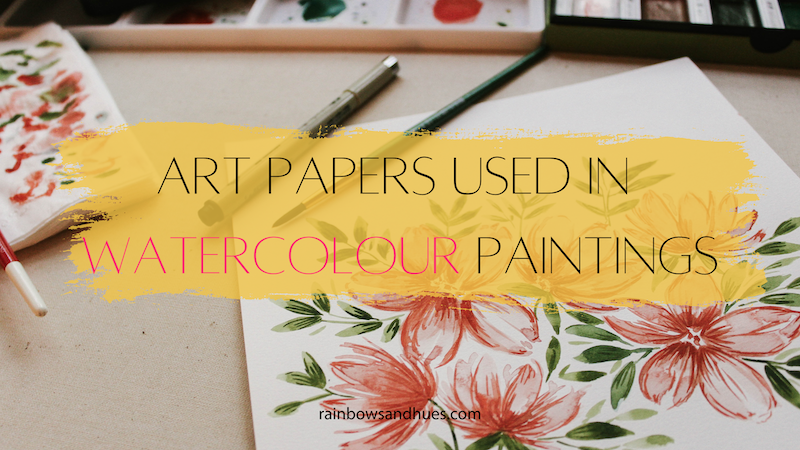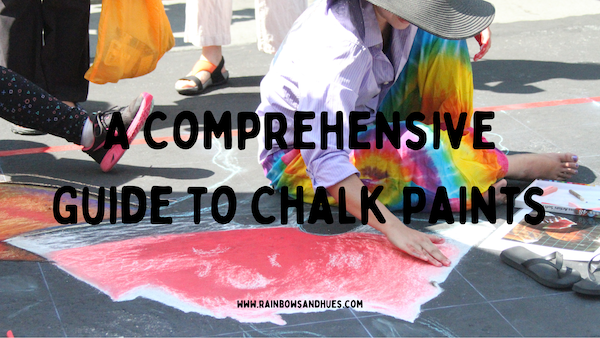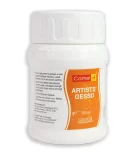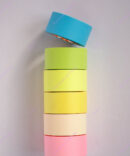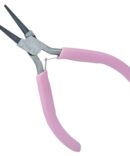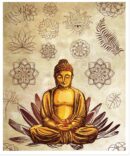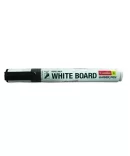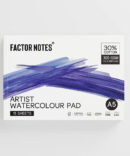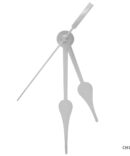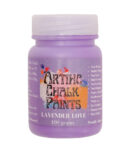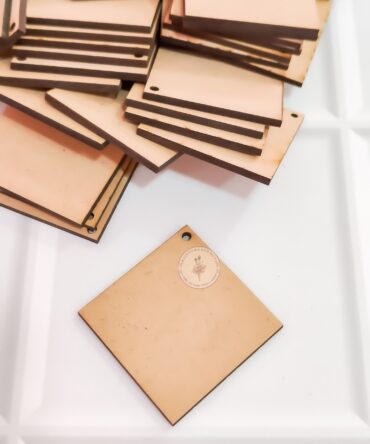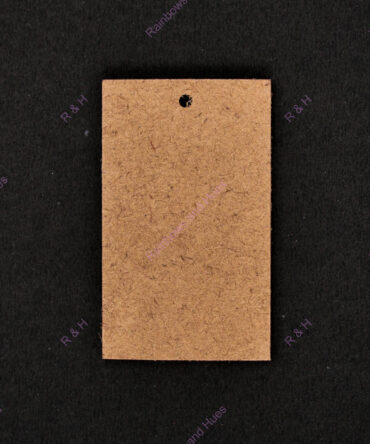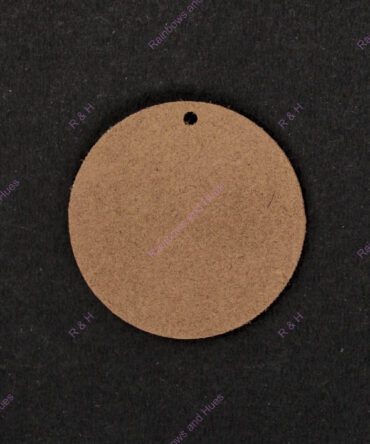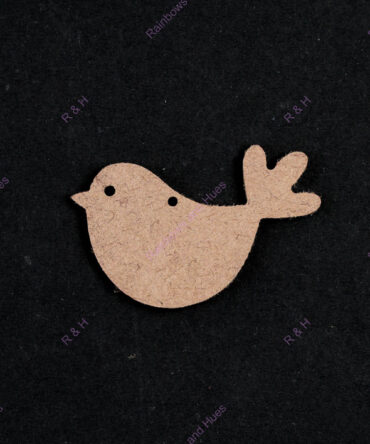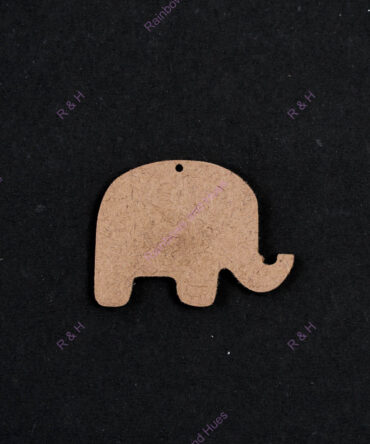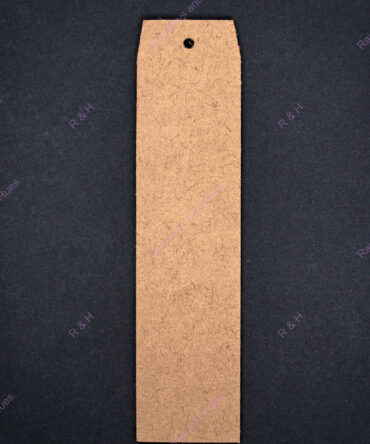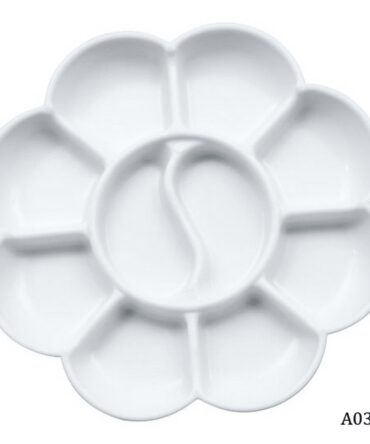Art makes the world go around. There is art in everything, even in science. And to create art is one of the most beautiful things in the world. Rainbows & Hues brings to you a series of posts through which we talk to our readers about different types of art papers, their uses, their sizes, and more. Today, we introduce you to art papers.
Watercolour painting is a form of art that involves the use of pigments dissolved in water and applied to a surface, usually paper. It is a versatile medium that can produce delicate washes and bold, vivid strokes, making it popular among artists for its unique qualities and effects. The transparency of the pigments allows light to pass through the layers, creating a luminous and atmospheric effect. Watercolour paintings range from loose, spontaneous sketches to highly detailed and realistic renderings.
Also Read: The Folk Art Of Nathdwara – Pichhwai
What kinds of papers are used for watercolour paintings?
The paper must be designed to absorb and retain the water & pigments. There are different types of watercolour paper available, each with its unique properties that affect the final look of the painting. Some of the most common types include:
Hot-pressed paper: Hot-pressed papers have a smooth surface that makes them ideal for fine details and a polished look, and is well-suited for painting precise and delicate illustrations. The smooth surface also makes it easy to produce clean, sharp lines, and the colours appear more vivid on this surface than on other types of watercolour paper.
However, due to its smooth surface, the hot-pressed paper does not have the texture and tooth that cold-pressed paper or rough paper has, so it may not be the best choice for artists who prefer to have more control over their brushwork and enjoy the textured look of watercolour paintings.
Cold-pressed paper: Cold-pressed paper, also known as “not” or “medium” texture paper has a slightly rough surface that allows the paint to grab and spread slightly, creating a unique and textured appearance. It is excellent for creating more loose and spontaneous brushwork and can add depth and interest to your watercolour paintings. Cold-pressed paper is also versatile, one can make both fine details and bold, sweeping strokes. However, due to its slightly rough surface, it may not be the best choice for fine, precise details, and the paint can be more difficult to control on this surface compared to hot-pressed paper.
Also Read: Five Tips To Click Better Photographs On Your Mobile
Rough paper: Rough paper is a highly textured paper that gives artists more creative control over their brushwork. It holds more paint, allowing the artist to manipulate the water and pigments in unique ways, and produce more textured and expressive paintings. Rough paper can also be used to create a variety of effects, such as granulation, blooms, and washes. However, due to its highly textured surface, fine details may be more challenging to achieve on rough paper, and the paint may not spread as evenly as it does on smoother surfaces.
Watercolour blocks: These sheets are glued on all four sides, preventing the paper from warping when wet. This makes watercolour blocks a convenient choice for artists who like to work on the go as the paper does not require any additional support or framing. The blocks also provide a clean edge, eliminating the need to trim the paper after painting.
Watercolour cardstocks: These are heavy-weight papers that are ideal for carrying with you on the go or for creating small, quick studies.
BUY WATERCOLOUR PAPERS HERE.
Which kind of art paper is ideal for landscape?
The ideal type of paper for landscape paintings in watercolour will depend on the individual preferences and techniques of the artist. However, cold-pressed paper is a popular choice for landscape paintings due to its slightly rough surface that provides a good balance between control and texture. This texture allows the artist to create a variety of effects, such as loose washes and textured brushwork, which can add depth and interest to landscape paintings.
Rough paper is another option for landscape paintings, as it provides the artist with even more creative control over their brushwork and can result in highly textured and expressive images.
Which kind of art paper is ideal for portraits?
Hot-pressed paper is often considered a good choice for portraits due to its smooth surface which makes it easier to produce fine details and a polished look. This smooth surface is well-suited for painting precise and delicate illustrations, and the colours appear more vivid on this surface than on other types of watercolour paper.
Cold-pressed paper is another option for portraits, as it provides a good balance between control and texture. This texture allows the artist to create various effects, such as loose washes and textured brushwork, which can add depth and interest to portraits.
Rough paper is a possibility for portraits, particularly for artists who prefer a more impressionistic or abstract style and enjoy the natural and organic feel of watercolour paintings. However, due to its highly textured surface, fine details may be more difficult to achieve on rough paper, and the paint may not spread as evenly as it does on smoother surfaces.
***
Hop over to our website www.rainbowsandhues.com to buy premium quality paintbrushes and colors! Follow @rainbowsandhues on Instagram to get regular information on new products and deals!

